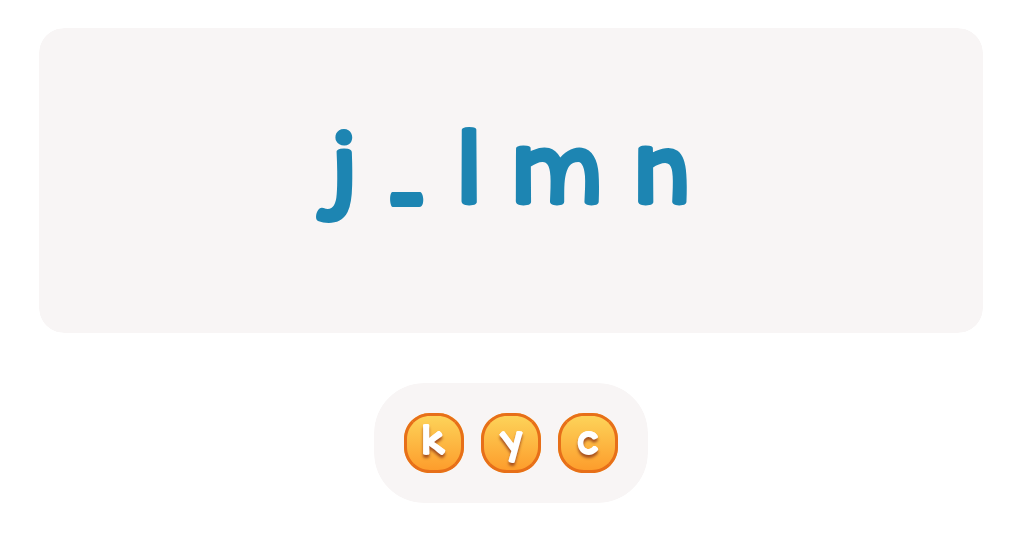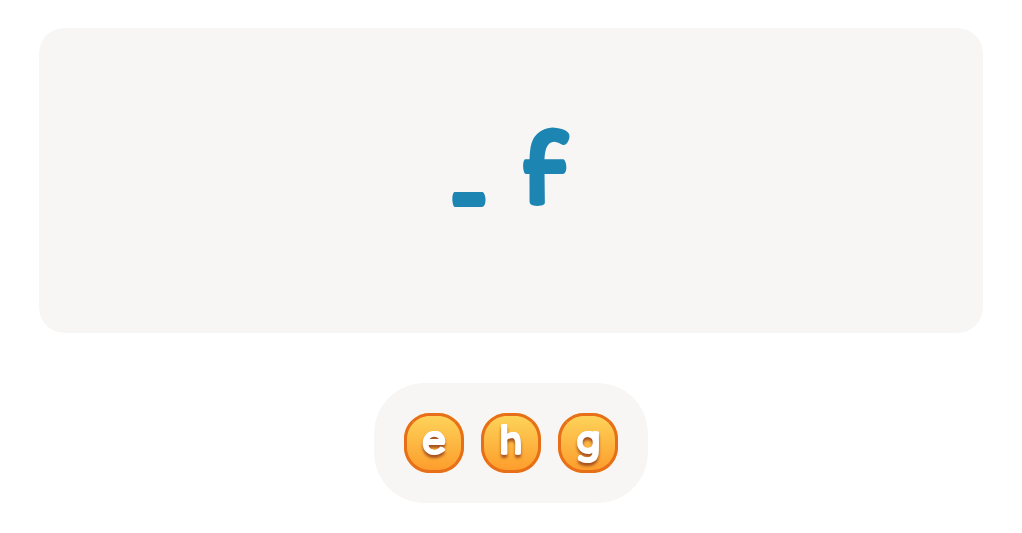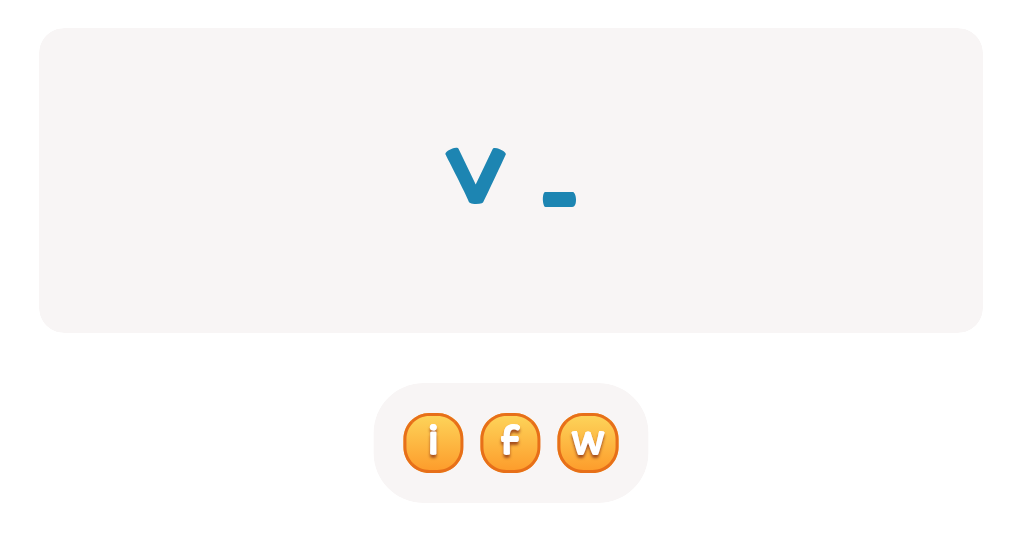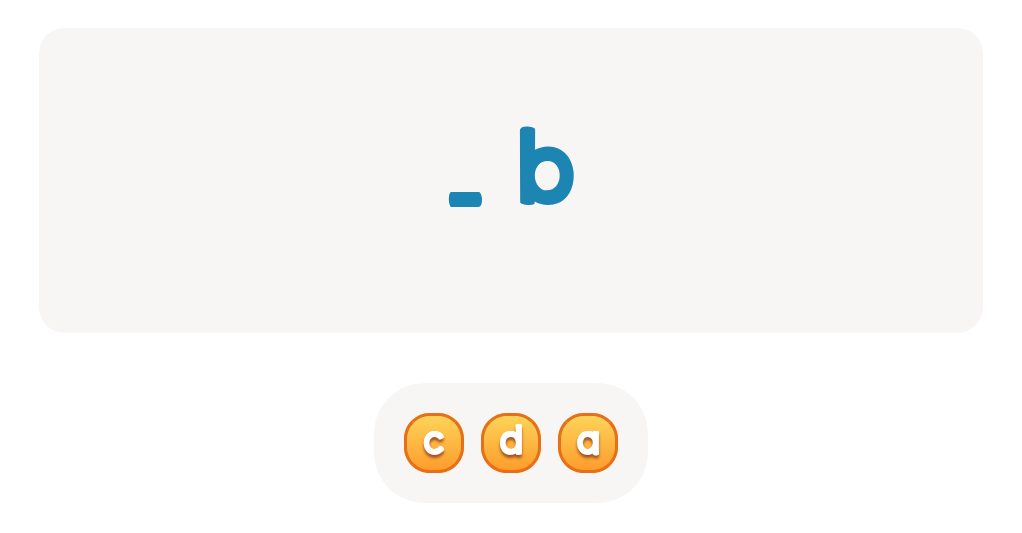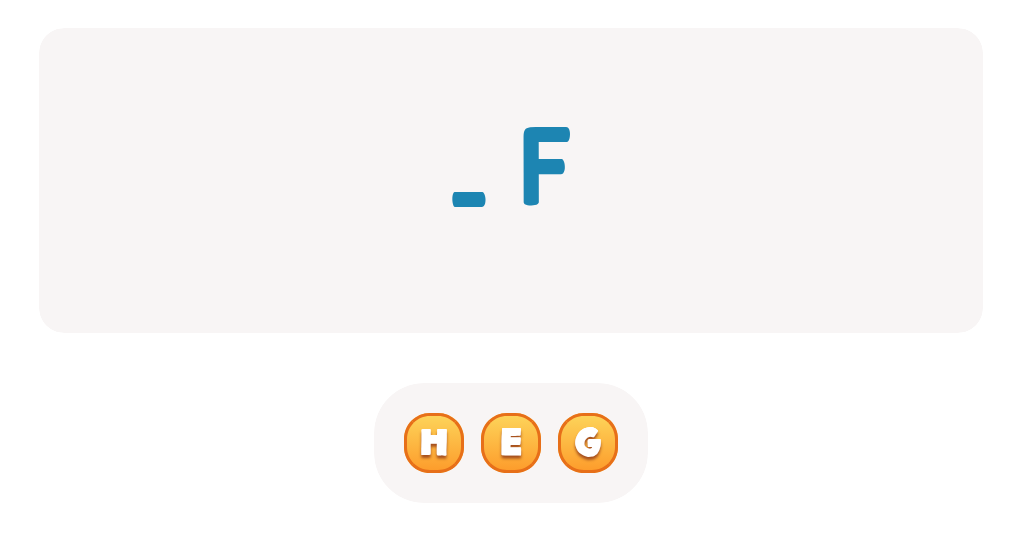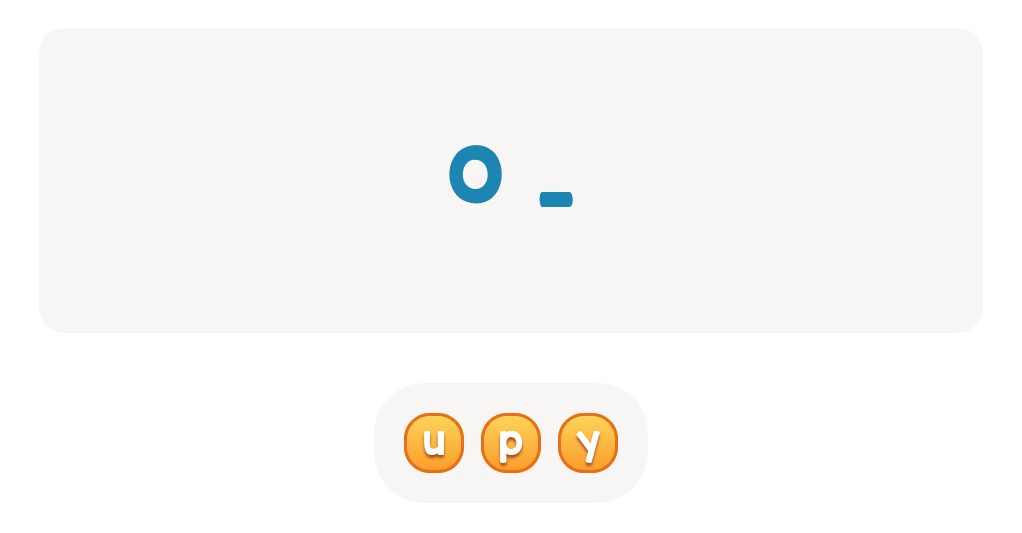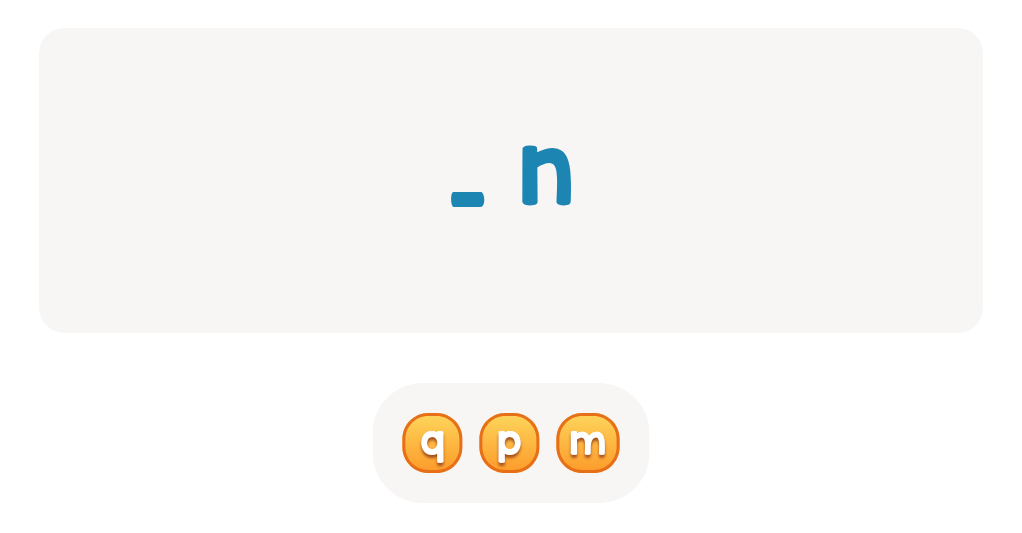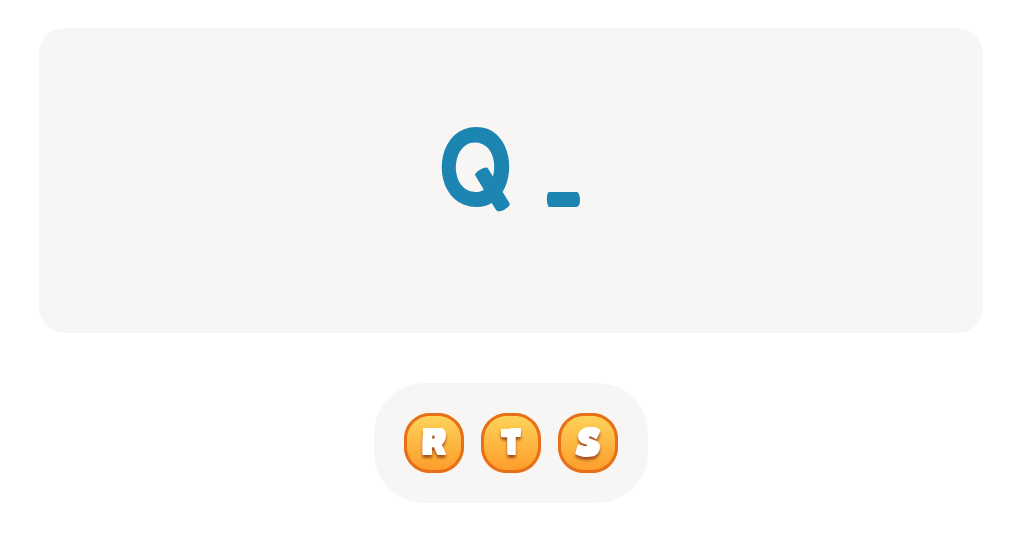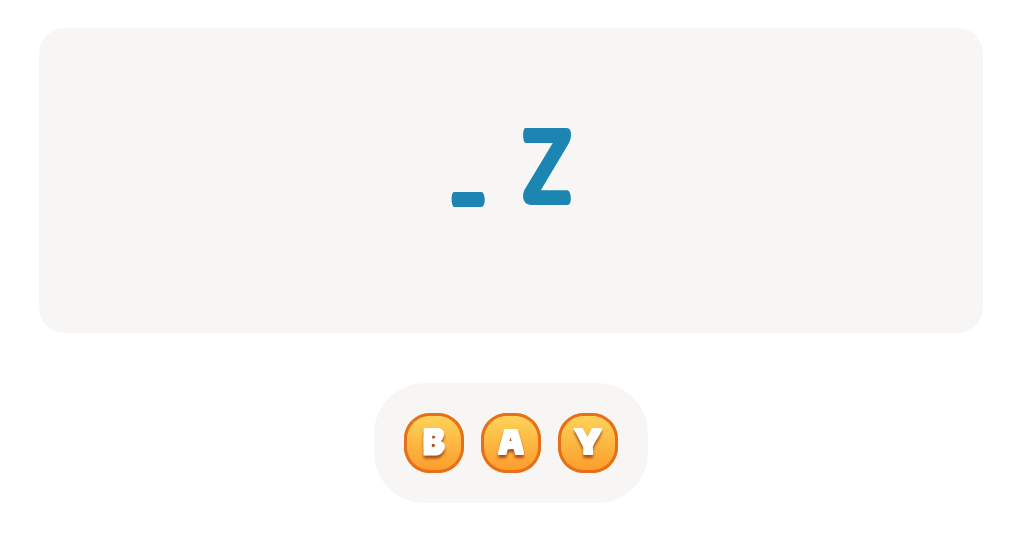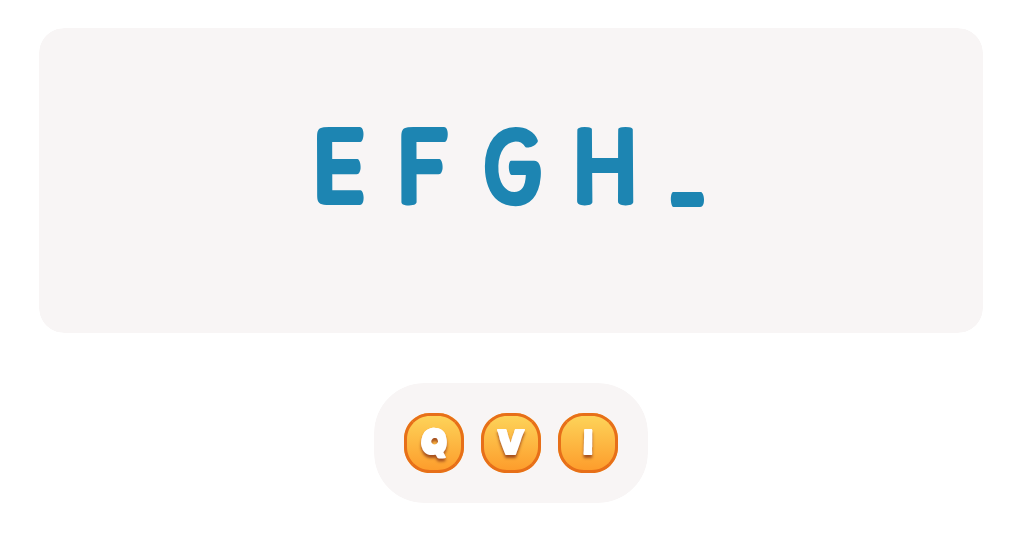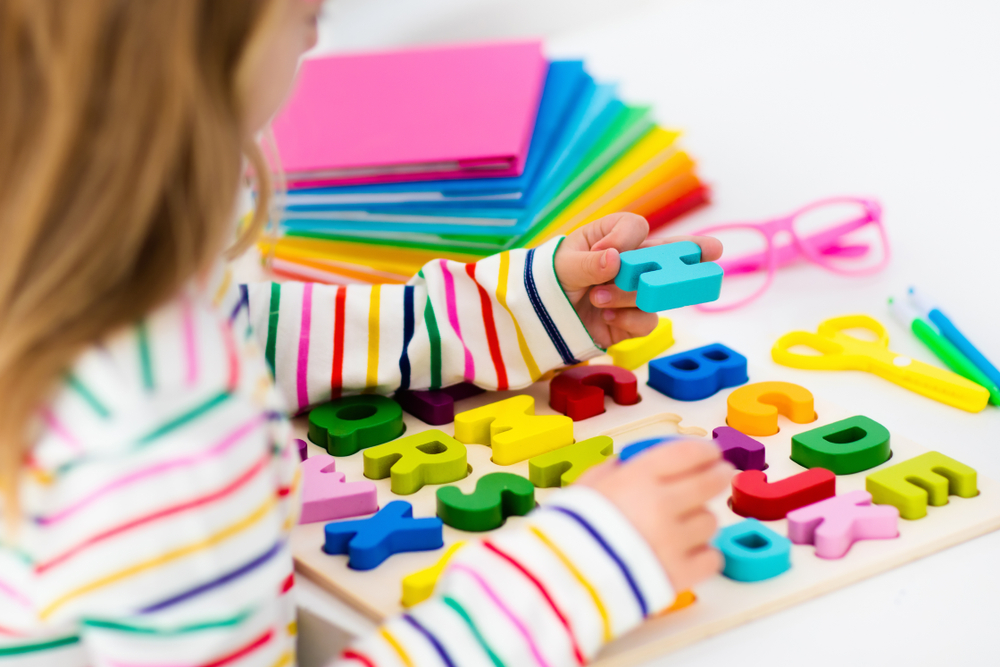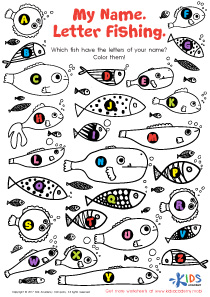Letter formation ABC Order Worksheets for Ages 4-5
3 filtered results
-
From - To
Discover our engaging "Letter Formation ABC Order Worksheets" designed specifically for children ages 4-5. These interactive worksheets help young learners develop essential skills in letter recognition, formation, and sequencing. By practicing writing letters in alphabetical order, kids enhance their fine motor skills while building confidence in their handwriting abilities. Each worksheet features fun, age-appropriate activities that make learning an enjoyable experience. Perfect for both home and classroom settings, our resources support early literacy and set the foundation for future reading and writing success. Start your child’s learning journey today with our delightful and educational worksheets!
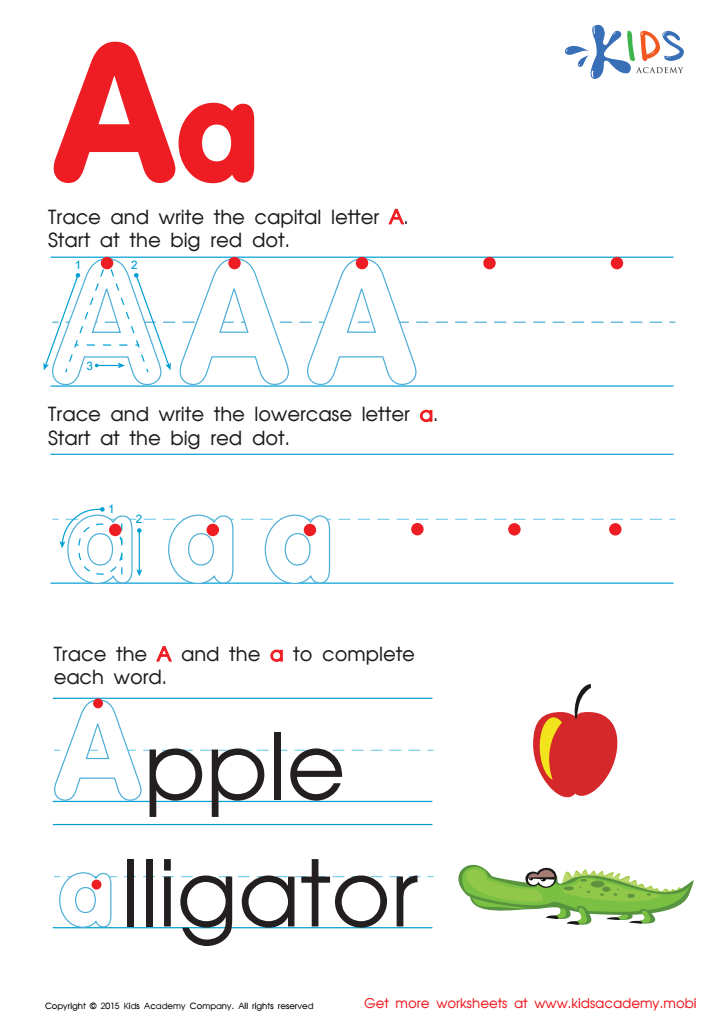

Letter A Tracing Page
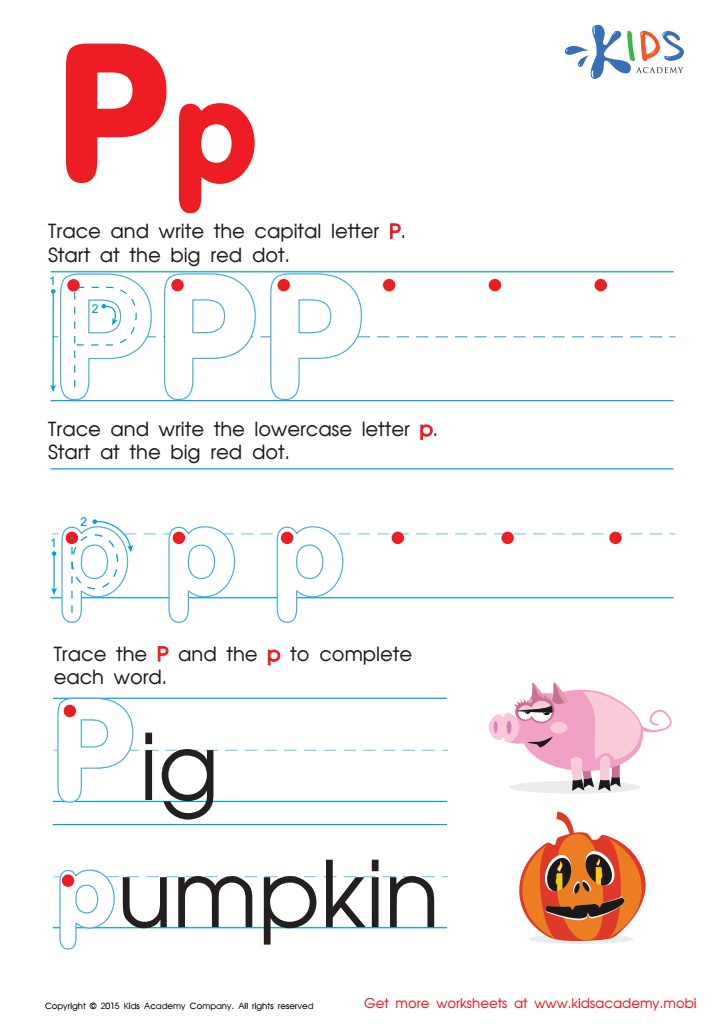

Letter P Tracing Page
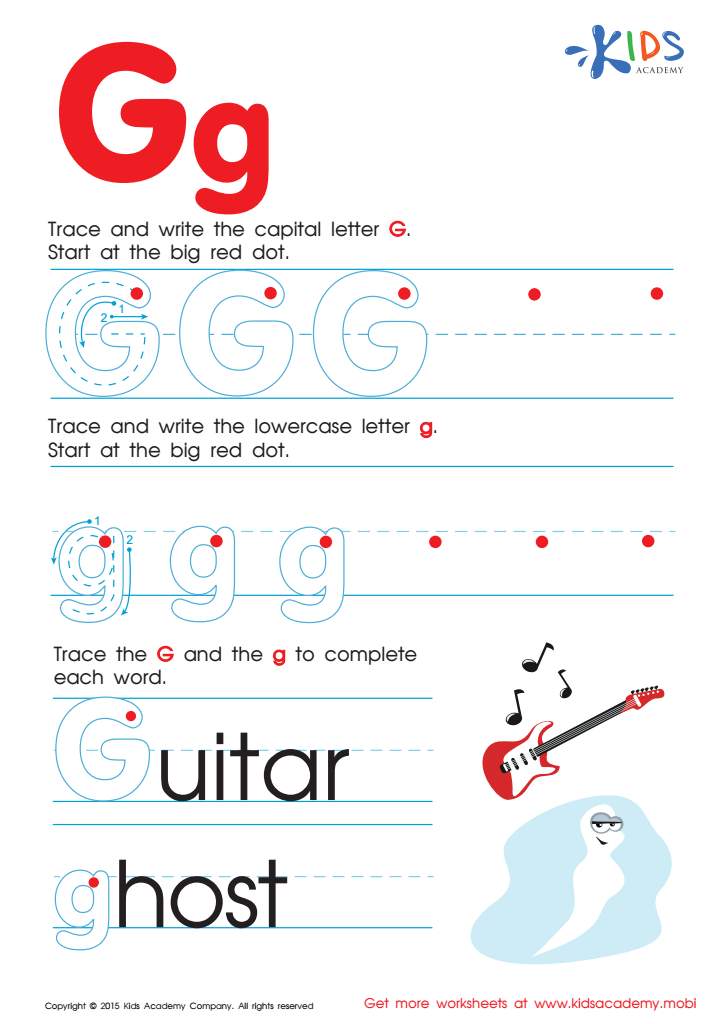

Letter G Tracing Page
Letter formation and ABC order are foundational skills for children aged 4-5 years, and both are crucial for their early literacy development. Proper letter formation aids in developing fine motor skills, which are vital for writing, drawing, and other tasks. When children practice forming letters correctly, they create neural pathways that improve their coordination and control over writing instruments.
Moreover, learning the ABC order introduces young learners to the concept of organizing information. Understanding the alphabet sequence fosters an appreciation for the structure of language, making it easier for them to find and sort words later on. This foundational skill also paves the way for reading and spelling, as children who know the order of the letters will be better equipped to identify words as they learn.
Parents and teachers should prioritize these skills because they promote not just writing and reading readiness but also confidence in a child's ability to express themselves. Engaging in activities that focus on letter formation and stacking letters in order enhances cognitive development, encourages concentration, and sparks a love for learning. Investing time in these early experiences sets the stage for a lifetime of effective communication and academic success.

 Assign to My Students
Assign to My Students
